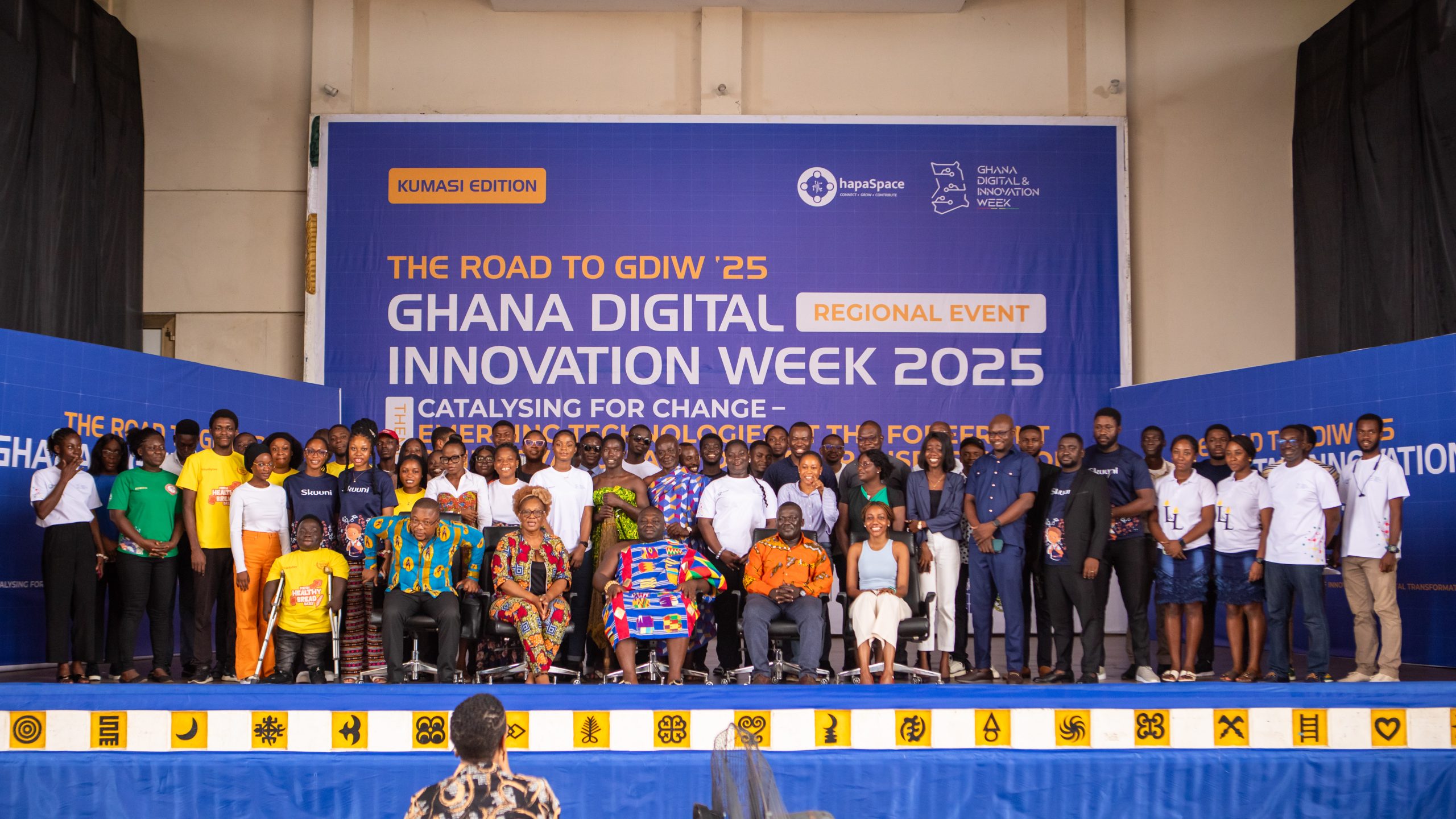The Road to Ghana Digital Innovation Week (GDIW 2025) – Kumasi Edition, proudly hosted by Hapa Space Innovation Hub, gathered over 150 changemakers from Ghana’s technology and innovation ecosystem under one roof. Entrepreneurs, hub leaders, policymakers, and development partners came together to discuss how to ensure equitable digital investment and showcase the Ashanti Region’s growing influence in shaping Ghana’s innovation story.
The national Ghana Digital Innovation Week (GDIW) is led by Impact Investing Ghana, the National Entrepreneurship and Innovation Programme (NEIP), and the Ghana Hubs Network, in partnership with the Ministry of Communications and Digitalisation, GIZ’s Digital Transformation Centre, and UNDP Ghana.
Held on 21st October 2025, the Kumasi edition reflected the national theme —
“Catalysing for Change: Emerging Technologies at the Forefront of Innovation and Digital Transformation.”
The event created an atmosphere of collaboration, learning, and inspiration highlighting how local innovators are using technology to solve real problems and how the region is positioning itself as a key player in Ghana’s digital future.
Setting the Tone for Change
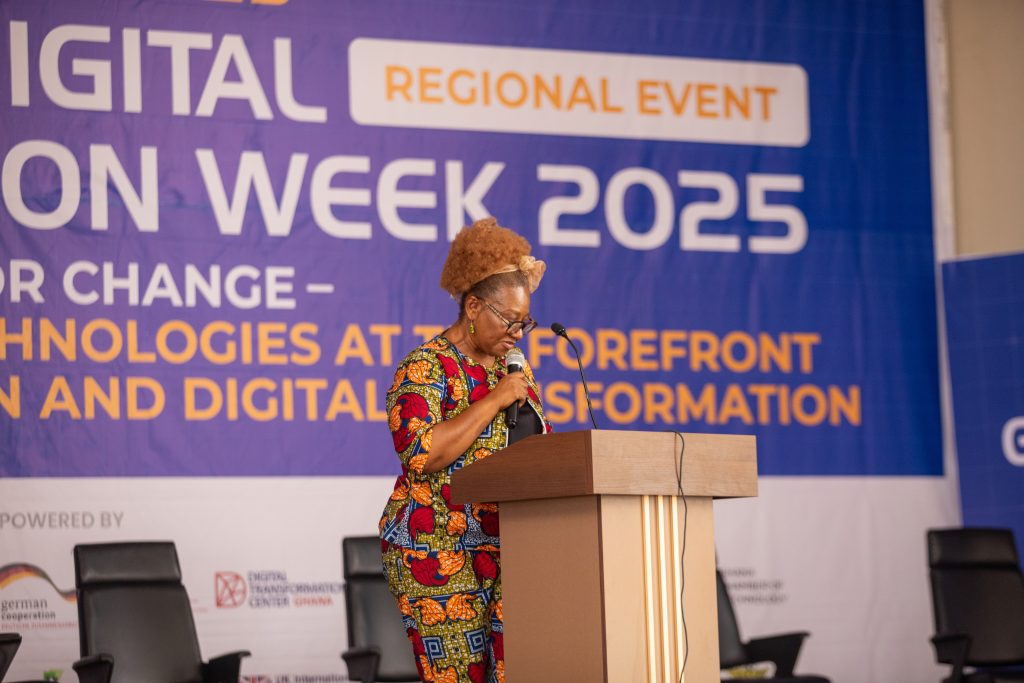
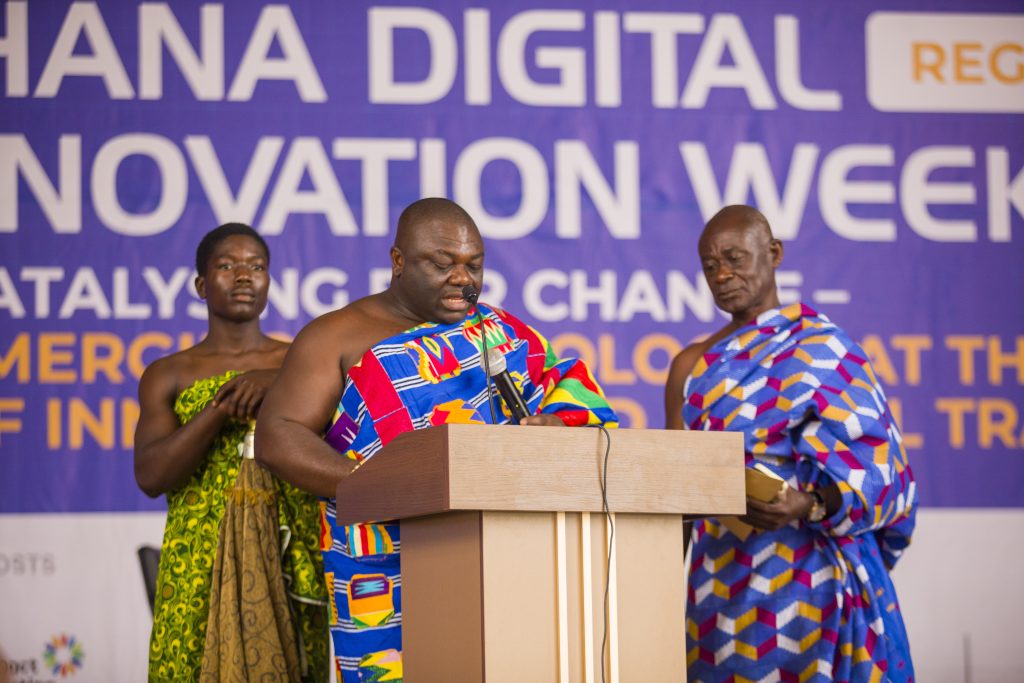
The event opened with warm remarks from Mrs. Naa Klordey Odonkor, who welcomed all partners and participants and highlighted how technology continues to shape inclusive growth in Ghana. She reminded attendees that innovation is no longer a luxury, it is a necessity for development and empowerment.
In her address, Mrs. Rita Krampah reaffirmed the purpose of the gathering to learn, connect, collaborate, and contribute to a digital ecosystem that empowers innovators in Kumasi and beyond. She described the Road to GDIW as a platform to inspire creativity, build partnerships, and create a more inclusive digital future.
Representing His Majesty Ɔtumfoɔ Osei Tutu II, the Ɔtumfoɔ Assinhene of Sepaase, Nana Yaw Akuoko, delivered one of the most stirring speeches of the day. Speaking on the theme “Catalysing for Change – The Role of Traditional Leaders in Leveraging Innovation and Digital Transformation for Asanteman’s Development Agenda,” he reminded participants that innovation has always been part of Ashanti’s story.
“Our forefathers did not build this kingdom through wealth or power alone, but through innovation the ability to solve local problems with local ideas,” he said.
Nana Yaw Akuoko described chiefs as custodians of both heritage and the future, bridging the gap between tradition and modernity. He urged traditional leaders to go beyond land administration and become catalysts for community development, promoting digital literacy and innovation within their jurisdictions.
He called on traditional authorities to partner with hubs like Hapa Space to set up community-based training centres where young people can learn coding, design, and entrepreneurship. He also encouraged digital governance, such as digitising records and land management to strengthen transparency and efficiency in traditional administration.
The Ɔtumfoɔ Assinhene also envisioned a future where technology preserves Ashanti’s rich culture and history through digital documentation, e-learning, and the promotion of Ghanaian languages online. He concluded with a powerful call to action:
“We must ensure that no one is left behind in this digital journey. A young person in Sepaase or Mampong deserves the same chance to innovate as one in Accra.”His message set the tone for the day — blending heritage with innovation, and reminding everyone that Asanteman’s path to progress lies in embracing technology while staying grounded in its timeless values.
Building a Stronger Regional Ecosystem
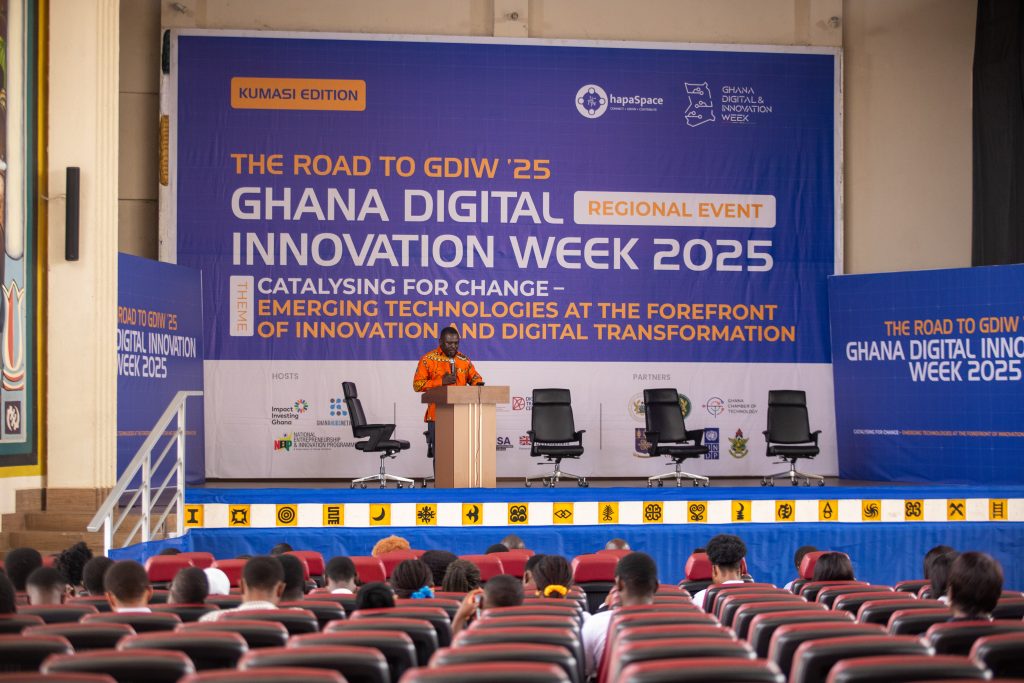
Mr. Yaw Adu-Gyamfi, Chairman of the Ghana Hubs Network, commended the collaborative spirit that has sustained the Ghana Digital Innovation Week (GDIW) since its inception. He described innovation hubs as “spaces of possibility” — environments where bold ideas are nurtured and transformed into impactful ventures that create jobs and drive national progress.
He noted that Kumasi and the Ashanti Region possess a unique blend of talent, tradition, and tenacity — qualities that position the region as a key driver of Ghana’s innovation story. With leading institutions such as KNUST, KsTU, and AAMUSTED, and a growing network of hubs and start-ups, he described Ashanti as “a region where innovation meets purpose.”
Drawing from his speech, Mr. Adu-Gyamfi emphasised the need for greater collaboration among government, academia, and the private sector, calling it essential for scaling infrastructure, deepening digital literacy, and empowering youth to innovate within their communities rather than migrating to Accra.
He also highlighted that Ghana’s innovation journey must prioritise inclusivity ensuring that every young person, from the cities to the smallest towns, can access digital opportunities.
“If we act collaboratively and intentionally,” he said, “the Ashanti Region will not only power Ghana’s digital transformation but become a leading innovation hub for Africa.”His words served as both a challenge and an inspiration reminding participants that sustainable innovation is built through collective effort, shared vision, and a commitment to inclusion.
Ecosystem Voices: Panel Reflections
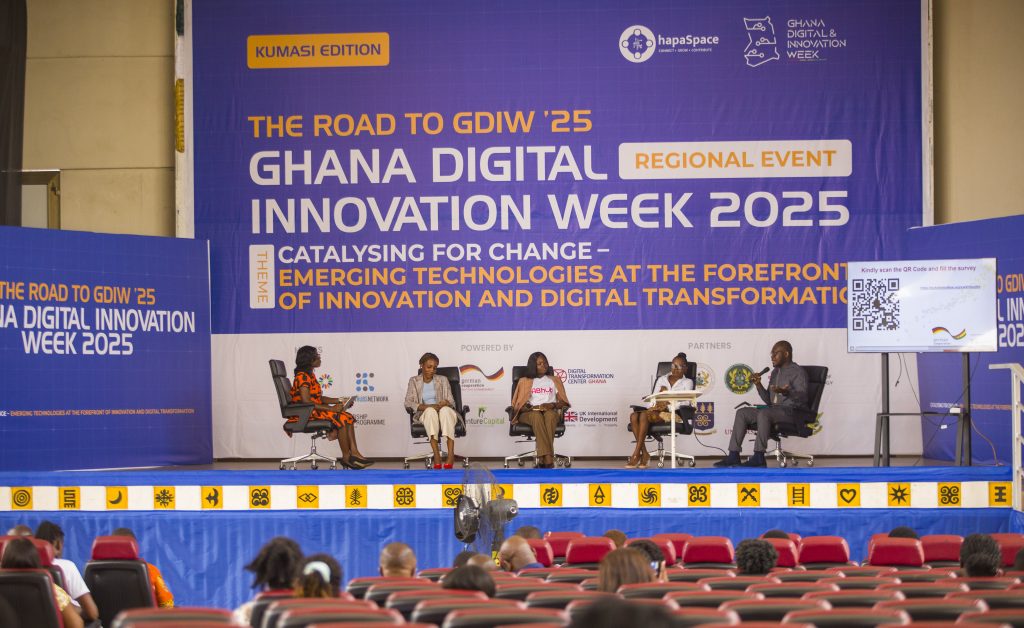
The panel discussion, moderated by Afia Oforiwaa Owusu, Administrative Manager at Women’s Haven Africa, brought together dynamic ecosystem players to discuss “Innovation and Digital Transformation: The Road Ahead for the Ashanti Region.” The session featured Ashley Serwaah Aggrey (Founder, The Ashley Aggrey Network), Rex Babo (Project Coordinator, NBU Youth Transformation Centre, SOS Children’s Villages Ghana), Blessing Awinibila (Project Coordinator, FAB Hub), and Stephanie Boanya-Mensah (Technical Advisor, DTC & GIZ).
Afia steered the conversation with energy and insight, challenging speakers to reflect on how the Ashanti Region can accelerate digital transformation through collaboration, inclusion, and policy alignment.
Ashley Serwaah Aggrey opened the dialogue by spotlighting how emerging technologies like AI, mobile banking, and digital marketing tools are empowering women entrepreneurs. She cited examples from her network, where women are using Canva for content creation and TikTok for business visibility. Yet, she cautioned that access to affordable devices and stable internet remains a barrier for many. Ashley called for strategic partnerships with telecoms to reduce data costs and expand community-based training for rural women.
Blessing Awinibila from FAB Hub spoke passionately about the role of hubs in bridging the gap between innovation and community needs. She explained how FAB Hub is supporting young innovators to develop digital solutions in areas like agriculture and small business management. Blessing stressed that expanding digital literacy and infrastructure is critical to ensure more youth can take advantage of emerging opportunities.
Rex Babo from the No Business as Usual (NBU) Project highlighted the importance of collaboration among hubs, proposing quarterly coordination meetings to foster knowledge exchange, prevent duplication, and drive resource sharing. He noted that sustainability in the innovation ecosystem depends not only on funding but on trust and shared purpose among actors.
From a policy and development lens, Stephanie Boanya-Mensah of GIZ emphasised the role of partnerships between development agencies, hubs, and academia in shaping inclusive digital ecosystems. She shared ongoing initiatives that connect student innovators with industry mentors and provide grants to support digital adoption and entrepreneurship. Stephanie underscored that technologies such as AI, IoT, and green tech present powerful opportunities for the Ashanti Region to leap forward in Ghana’s innovation drive.
The conversation concluded with reflections from all panellists on the need to empower young innovators to think creatively, collaborate boldly, and stay rooted in solving real community problems.
“Innovation must begin with empathy, understanding the needs of our people,” said one panellist, capturing the spirit of the day.
The discussion left participants inspired and ready to play their part in shaping an inclusive, technology-driven future for the Ashanti Region.
Breakout Sessions: From Insight to Action
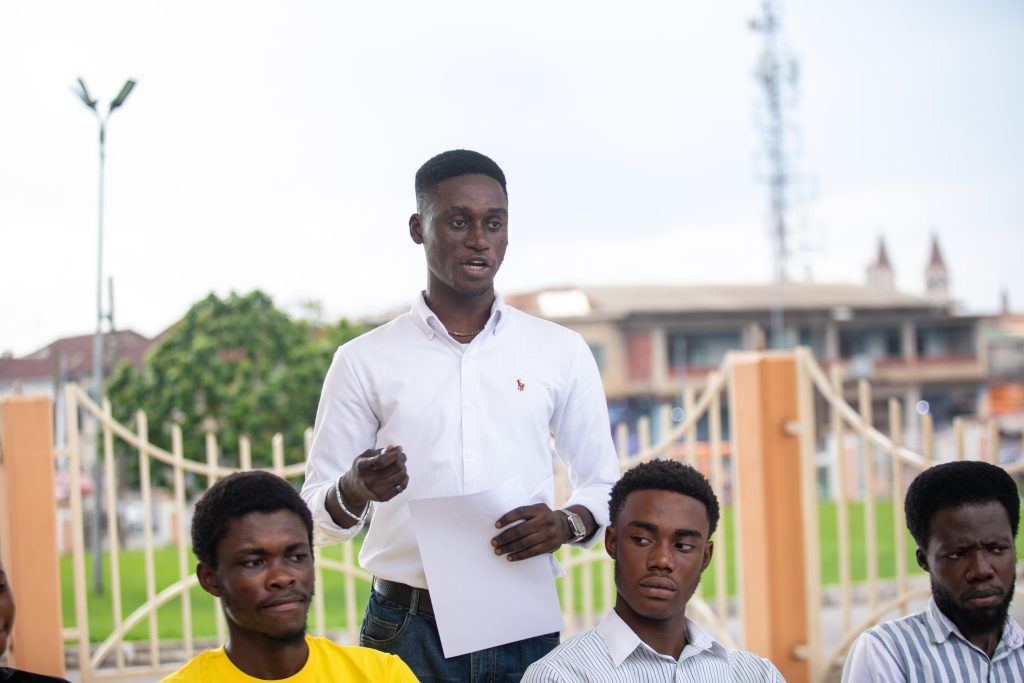
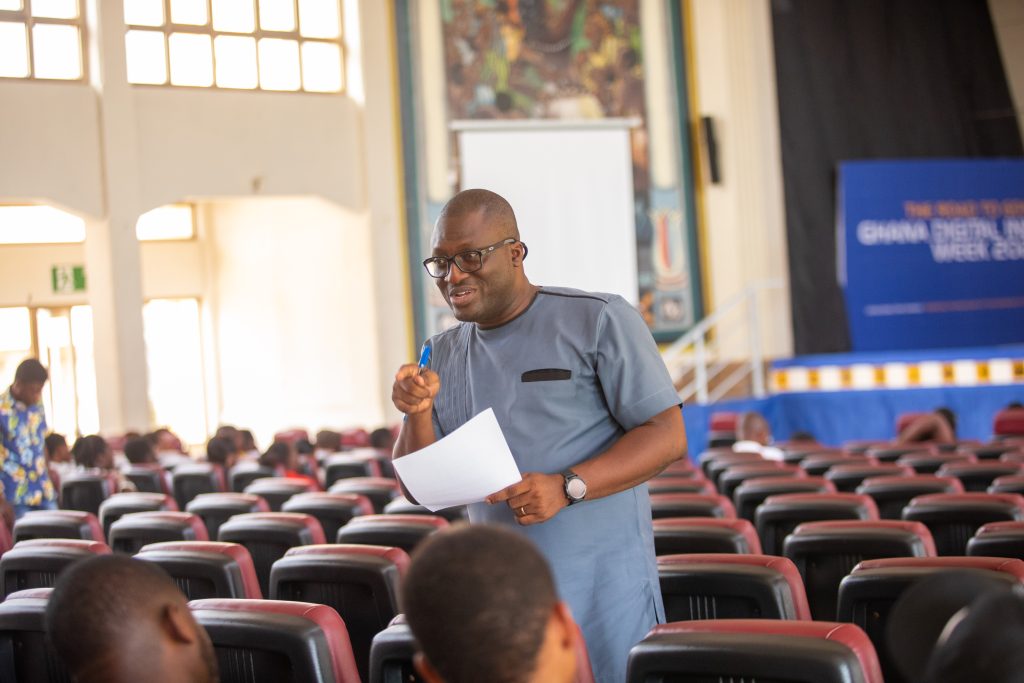
The breakout sessions turned ideas into action, offering participants practical tools to reimagine the Ashanti Region’s digital future.
1. The Gig Economy – Facilitated by Walter Dzimey (GIZ)
Walter Dzimey led an insightful session on the gig and freelance economy, exploring how Ashanti’s youth can leverage global digital work opportunities. Participants discussed platforms such as Upwork, Fiverr, and local tech outsourcing models, learning how to build competitive digital skills, develop online portfolios, and access remote work markets.
The session emphasised the importance of digital literacy, soft skills, and financial discipline for success in freelance work, inspiring attendees to view the gig economy as a genuine pathway to income and independence.
2. The Future is Now: AI & Blockchain Applications for Ashanti’s Industries – Led by Dr. Joseph Xavier Francisco Ribeiro (KsTU)
Dr. Ribeiro’s session was one of the day’s highlights — an engaging, forward-looking conversation that explored how Artificial Intelligence (AI) and Blockchain technologies are transforming industries like agriculture, manufacturing, health, logistics, and the creative arts.
He opened by reminding participants that AI and Blockchain are no longer futuristic concepts — they are shaping businesses across Ghana today. Through lightning talks and group discussions, participants examined how these technologies could be applied locally.
Key ideas that emerged included:
- AI for cocoa processing and quality grading, enabling precision and efficiency in production.
- Blockchain for timber traceability, promoting transparency and ethical sourcing in the forestry sector.
- Digital record systems for artisans and traders, making transactions more reliable and traceable.
Group discussions also explored the barriers to adoption, from limited funding and technical expertise to the lack of enabling policies and infrastructure. Participants concluded that while Ashanti’s industries are ripe for digital transformation, achieving this will require targeted training, investment, and strong partnerships between academia, hubs, and policymakers.
Dr. Ribeiro wrapped up with a motivating call:
“AI and Blockchain aren’t distant technologies; they are the engines of the next phase of Ashanti’s growth. Our challenge now is to build the talent and systems to use them.”
The session left participants inspired to experiment, collaborate, and bring innovation closer to the realities of local industries.
3. Hubs Driving Innovation in Ashanti
Co-led by Hapa Space, Fab Hub Ashanti, and other key ecosystem players, this breakout session celebrated the vital role of innovation hubs in powering Ashanti’s digital transformation. It brought together hub leaders, entrepreneurs, and ecosystem enablers to explore how collective action can strengthen innovation, create jobs, and sustain regional development.
Each hub shared its unique contribution from supporting startups and mentoring young innovators to running digital skills and entrepreneurship programmes. The session showcased the region’s growing network of innovation spaces and their shared mission to create an enabling environment where ideas can grow into thriving businesses.
Moderated by Mr. Caleb Agyemang Duah from the Real World Tech Innovation Centre, the discussion began with an exploration of what makes a hub truly impactful. Caleb explained that a hub is “a platform for nurturing ideas and transforming them into viable enterprises.” He highlighted the twin pillars of incubation and acceleration, emphasising how these functions help innovators move from early-stage concepts to sustainable ventures.
Participants reflected on the evolving role of hubs as catalysts for collaboration, technology adoption, and youth empowerment. Fab Hub Ashanti shared lessons from its ongoing work with women and youth innovators, reinforcing the importance of inclusivity and gender equity in the ecosystem.
Key takeaways from the session included:
- The need for stronger inter-hub collaboration to share resources, expertise, and opportunities.
- The importance of integrating emerging technologies — such as AI, 3D printing, and digital fabrication — into training and programming.
- The call for greater visibility and support for local hubs to attract investment and scale impact across the region.
The session concluded with a shared commitment among hubs to build a more connected ecosystem — one that fosters innovation, collaboration, and sustainable growth for the Ashanti Region and beyond.
“When hubs unite, innovation doesn’t just happen — it thrives,” one participant noted, capturing the collaborative energy in the room.
Key Takeaways
The Kumasi edition of the Road to Ghana Digital Innovation Week (GDIW 2025) showcased the Ashanti Region’s growing influence as a hub for innovation and digital transformation. Discussions throughout the day made one thing clear: the region is not only participating in Ghana’s innovation journey but actively shaping it.
1. A thriving ecosystem:
Ashanti’s innovation landscape is vibrant and expanding, with new hubs, programmes, and initiatives taking root to support young entrepreneurs and digital creators. There is a strong sense of ownership and pride in building a decentralised, inclusive innovation ecosystem.
2. Collaboration is key:
Sustaining this progress will depend on continuous collaboration between government, academia, traditional leaders, and innovation hubs. The synergy between these actors is helping align policy, education, and entrepreneurship in ways that directly impact local communities.
3. Women leading digital inclusion:
Women innovators are boldly embracing digital tools from AI design platforms to social media for marketing, demonstrating that technology is a catalyst for empowerment. However, the discussions also revealed ongoing challenges of affordability, connectivity, and access to digital devices that require urgent attention.
4. Hapa Space as a connector:
As host of the Kumasi edition, Hapa Space Innovation Hub reaffirmed its role as a regional convenor — bringing together diverse stakeholders to learn, share, and collaborate. The hub continues to drive sustainable digital growth by connecting entrepreneurs, innovators, and partners across Ghana and beyond.
Looking Ahead
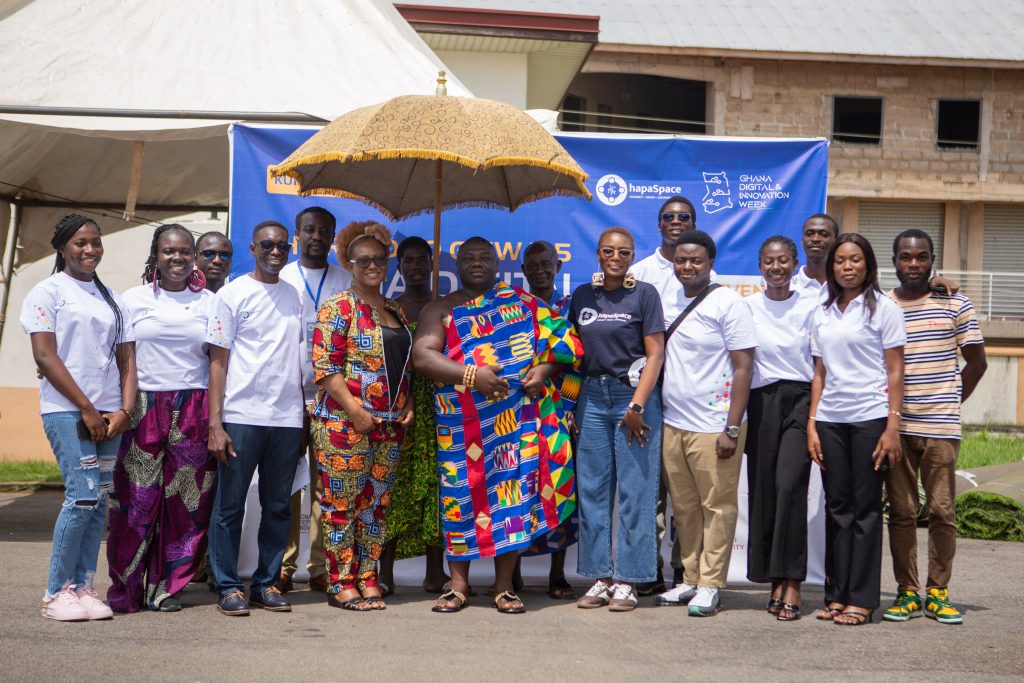
The Road to GDIW 2025 – Kumasi Edition reaffirmed the Ashanti Region’s position as a powerhouse of creativity, innovation, and collaboration. The enthusiasm and insights shared throughout the event reflected a region ready to embrace technology not just as a tool, but as a driver of inclusive growth.
As Ghana prepares for the national celebration of Ghana Digital Innovation Week 2025, Hapa Space remains steadfast in its commitment to nurturing innovation, empowering youth, and ensuring that digital transformation reaches every community.
“Catalysing digital innovation requires everyone’s participation. The future is here — and Ashanti is ready.”
